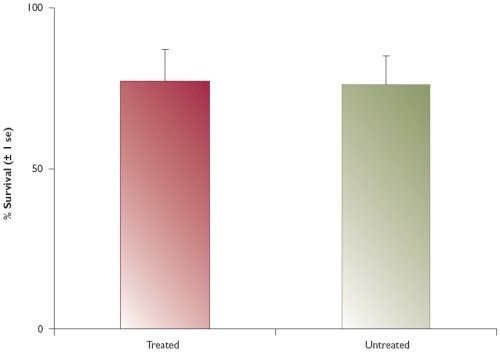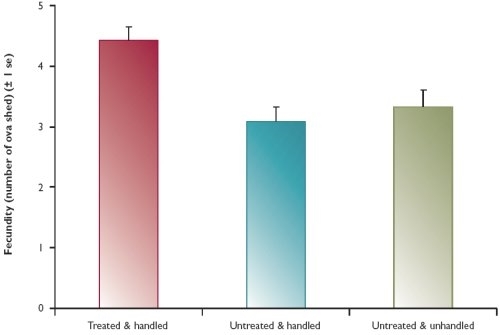Key findings
- The gut parasite, Trichostrongylus retortaeformis has little impact on overall survival of adult hares.
- T. retortaeformis significantly reduces fecundity of female hares.
- The effect is enough to cause a cyle of regular population crashes in hares, similar to those seen in red grouse.
As in Euro-Scandinavia, mountain hares in Scotland undergo regular changes in abundance. In the Highlands these fluctuations tend to occur every seven to 10 years over the course of which hare density can change 10-fold to reach numbers in excess of 250 hares per square kilometre (100 hectares). The reasons for these changes remain unclear. We suspected that intestinal parasites similar to those found in red grouse might be responsible, so we set out to test this.
Theory suggests that four criteria of a host-parasite relationship can, in certain circumstances, bring about cyclical changes in abundance. These are when:
- There is a time delay in larval parasites joining the adult parasite population.
- Parasites are randomly distributed in the host population.
- Parasites have only a small detrimental effect on host survival.
- Parasites substantially reduce host fecundity.
Trichostrongylus retortaeformis, the species of parasitic worm found in the guts of mountain hares, has a direct life-cycle. This means that female worms in the hare's gut produce eggs, which are passed out in faeces. The eggs hatch into larvae which, after going through two more larval phases, become infective and are ingested by hares as they feed. This life-cycle means that there is a delay between the emergence of eggs and infective larval parasites entering the hare. We know, therefore, that the first criterion is true.
Over the winter of 1999/2000, with the assistance of 30 Highland shooting estates, we collected gut samples from nearly 600 shot hares. By counting the number of parasitic worms in each hare, we established that although they are not randomly distributed within hares they show a low degree of aggregation, similar to that in the red grouse -T. tenuis relationship. This suggests that the mountain hare - T. retortaeformis system is close to meeting the second criterion.
The third (parasites have little effect on survival) and fourth (parasites reduce reproductive success) criteria were more difficult to investigate. Over the years 2000-2003, we did a series of field experiments to assess the impact of T. retortaeformis on hare survival and fecundity. We live-trapped 41 mountain hares in early winter, fitted each female with a radio-transmitter and gave alternate hares an injection of Ivermectin - a drug that kills intestinal parasites such as T. retortaeformis. Using radio-telemetry we monitored each hare's survival and reproductive success. This study showed that experimentally reducing T. retortaeformis infection has little impact on adult female hare survival (see Figure 1), but removing parasites as the females go into the winter has a marked effect on fecundity - females that were treated with Ivermectin produced around 30% more young than untreated females (see Figure 2).
Figure 1: Survival among adult female hares treated for worms and those untreated

Figure 2: Fecundity of hares treated for worms and those untreated

The results of the field experiments suggest that T. retortaeformis has little effect on survival, but dramatically reduces fecundity. The mountain hare -T. retortaeformis relationship therefore satisfies the criteria needed to produce regular and large changes in mountain hare abundance. As such, we conclude that T. retortaeformis could be responsible for causing the regular and large-scale declines in hare populations.